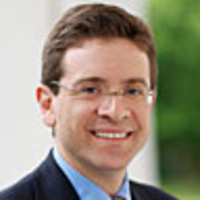Archive
Thank Congress, Not LBJ for Great Society
CREDIT DUE
In his State of the Union address 50 years ago, LBJ laid out his vision for the Great Society. In an excerpt from his new book on the 1960s, historian Julian Zelizer highlights the forgotten role Congress played in getting it done. Read a Q&A between the author and Scott Porch.
Trending Now






